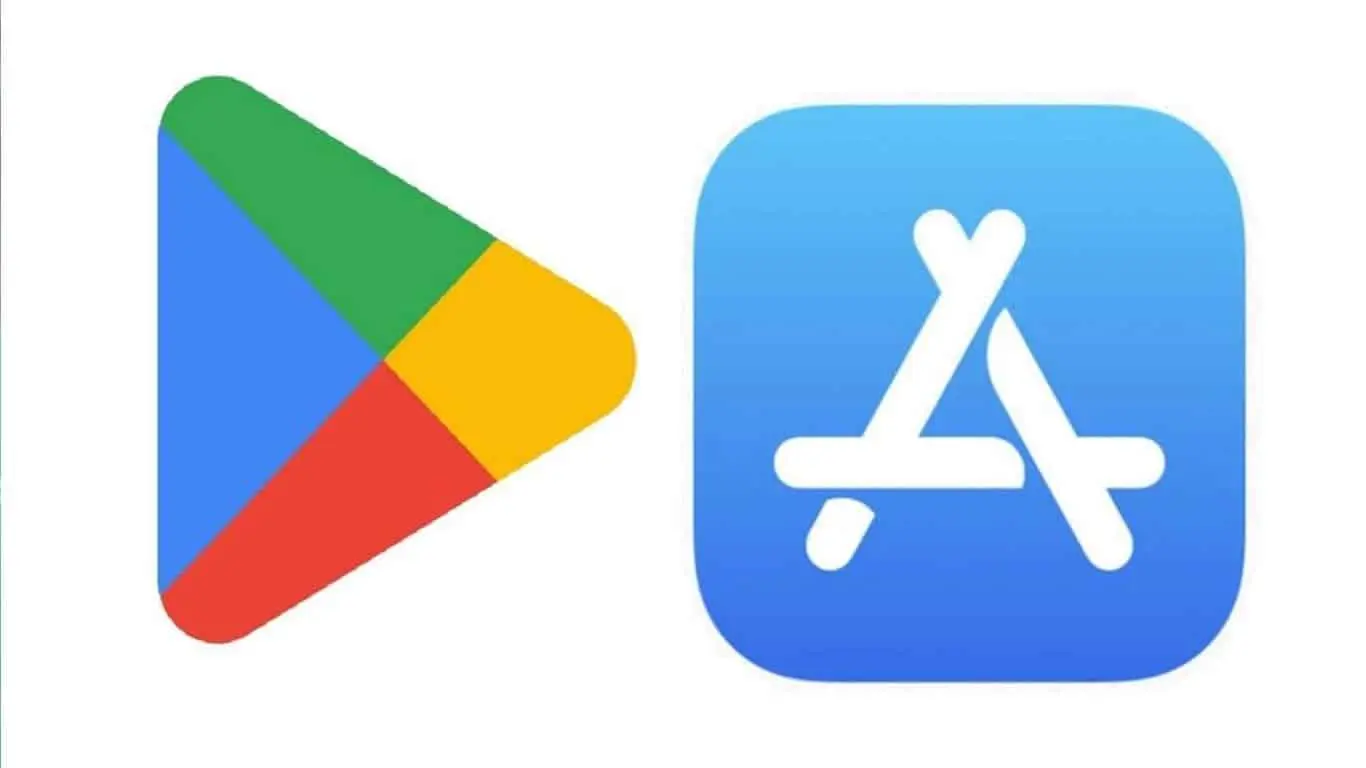In the ever-evolving landscape of technology, smartphones have emerged as indispensable tools that have revolutionized the way we communicate, work, and live our lives. Over the past two decades, these pocket-sized marvels have undergone a series of transformative updates, pushing the boundaries of innovation and reshaping the way we interact with the digital world. Join us as we embark on a journey through time to explore the 10 groundbreaking updates in smartphone technology that have defined the last 20 years.
10 Groundbreaking Updates in Smartphone Technology in Last 20 Years
Introduction of Touchscreen Displays

The advent of touchscreen displays marked a paradigm shift in smartphone technology, allowing users to interact with their devices in a more intuitive and immersive manner. With the release of devices like the iPhone in 2007, touchscreen technology became mainstream, paving the way for a new era of mobile computing. Touchscreens revolutionized user interfaces, enabling gestures such as tapping, swiping, and pinching for seamless navigation and enhanced user experience.
Integration of High-Resolution Cameras

The integration of high-resolution cameras into smartphones transformed them into powerful multimedia devices, capable of capturing high-quality photos and videos on the go. Over the years, smartphone cameras have evolved significantly, with advancements in sensor technology, image processing algorithms, and optical stabilization techniques. From basic point-and-shoot cameras to sophisticated multi-lens setups and AI-driven enhancements, smartphone cameras have become indispensable tools for photography enthusiasts and professionals alike.
Introduction of App Stores

The introduction of app stores revolutionized the way software is distributed and consumed on smartphones, opening up a world of possibilities for developers and users alike. With the launch of the Apple App Store in 2008 and the Google Play Store in 2009, users gained access to a vast ecosystem of apps and services, ranging from productivity tools and games to social networking platforms and entertainment content. App stores democratized software distribution, empowering developers to reach a global audience and monetize their creations.
Advancements in Processing Power

Advancements in processing power have been instrumental in driving the evolution of smartphone technology, enabling devices to handle increasingly complex tasks with speed and efficiency. From single-core processors to multi-core architectures and AI-driven chipsets, smartphones have witnessed a dramatic increase in computing performance over the years. Faster processors, coupled with improvements in memory and storage technology, have fueled innovations in areas such as gaming, augmented reality, and machine learning.
Enhancements in Display Technology

Display technology has undergone significant advancements in recent years, leading to the proliferation of high-resolution screens, vibrant colors, and immersive viewing experiences on smartphones. From LCD and OLED to AMOLED and Super Retina displays, manufacturers have introduced a variety of screen technologies to enhance visual quality and user satisfaction. Bezel-less designs, curved edges, and high refresh rates have further elevated the smartphone viewing experience, making it more immersive and engaging than ever before.
Introduction of Biometric Authentication

The introduction of biometric authentication, such as fingerprint sensors and facial recognition technology, has transformed smartphone security and user authentication. These advanced biometric systems offer a convenient and secure way to unlock devices, authorize transactions, and protect sensitive information. With the integration of biometric sensors into smartphones, users can enjoy peace of mind knowing that their devices are protected by advanced security measures that are both reliable and user-friendly.
Expansion of Connectivity Options

The expansion of connectivity options has played a crucial role in enabling smartphones to stay connected and communicate with other devices seamlessly. From 2G and 3G networks to 4G LTE and 5G technology, smartphones have witnessed a steady evolution in wireless connectivity, offering faster data speeds, lower latency, and improved coverage. Additionally, advancements in Wi-Fi, Bluetooth, and NFC technology have enhanced connectivity and enabled new use cases such as mobile payments, wireless charging, and IoT integration.
Integration of AI and Machine Learning

The integration of artificial intelligence (AI) and machine learning (ML) has unlocked new possibilities for smartphones, enabling them to learn and adapt to user preferences, automate tasks, and deliver personalized experiences. AI-powered features such as virtual assistants, predictive text input, and smart recommendations have become ubiquitous in modern smartphones, enhancing productivity, convenience, and usability. As AI and ML capabilities continue to evolve, smartphones are poised to become even smarter and more intuitive in the years to come.
Advancements in Battery Technology

Advancements in battery technology have been instrumental in addressing one of the most pressing challenges facing smartphones: battery life. From lithium-ion to solid-state batteries, manufacturers have introduced a variety of battery technologies to improve energy density, charging speeds, and overall reliability. Additionally, optimizations in software and hardware have helped extend battery life and enhance power efficiency, allowing users to stay connected and productive for longer periods without needing to recharge their devices.
Emergence of Foldable and Flexible Displays

The emergence of foldable and flexible display technology represents a significant milestone in smartphone innovation, offering new form factors and user experiences. Foldable smartphones, which feature screens that can be folded or unfolded to accommodate different usage scenarios, have garnered attention for their potential to combine the portability of smartphones with the productivity of tablets. Flexible displays, which can bend and curve without breaking, open up new possibilities for design and interaction, paving the way for a new generation of wearable devices and futuristic form factors.
Also Read: Apple Vision Pro is a game changer in the world of Augmented Reality





